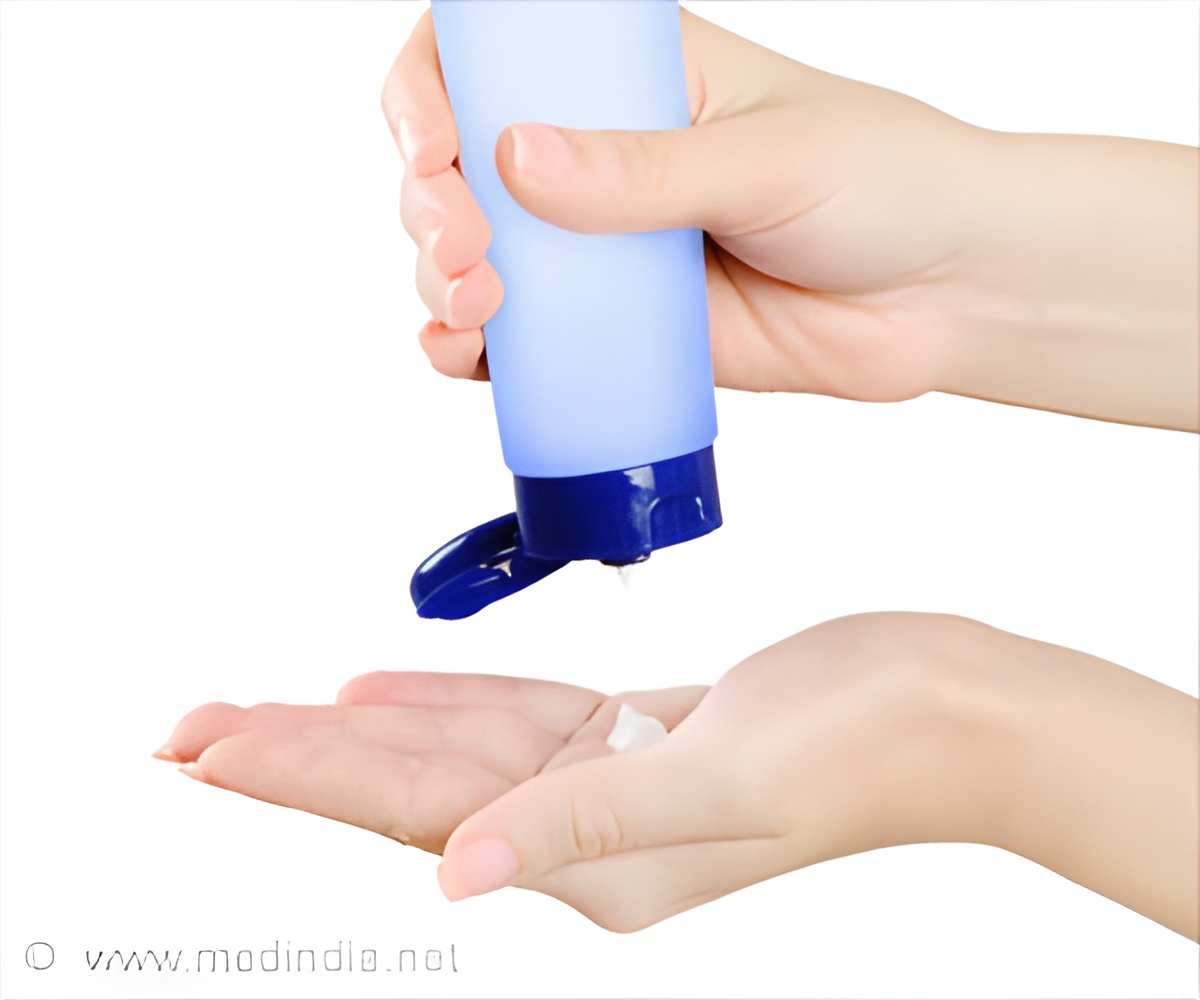An environment-friendly and readily producible surfactant used to prepare an effective water-retaining mixture can be used in skincare, reports a new study.

‘An environment-friendly and readily producible surfactant used to prepare an effective water-retaining mixture can be used in skincare.’





A type of lamellar gel, called the "α-gel," can be formulated by mixing compounds called surfactants with a fatty alcohol and water. As you may have guessed by this explanation, α-gels are widely used in skincare products such as skin creams. In a new study, scientists from Tokyo University of Science and Miyoshi Oil and Fat Co. Ltd., Japan, led by Dr. Kenichi Sakai, synthesized an α-gel using an oleic acid-based surfactant, which can potentially be used in skincare products. This is a surfactant they had previously developed and is structurally similar to natural ceramide (both are amphiphiles with two tails). "I was interested in whether α-gels could be prepared using gemini surfactants (two-tailed and two-headed surfactants), and in what their structural and physical properties would be," Dr. Sakai says.
Once the α-gel was ready, Dr. Sakai and his team used a technique called small- and wide-angle X-ray scattering (SWAXS), another technique called nuclear magnetic resonance (NMR) spectroscopy, and an optical microscope to confirm its characteristics. For this, they prepared several mixtures containing different molar ratios of the oleic acid-based surfactant, water, and 1-tetradecanol (fatty alcohol). The findings were, indeed, satisfactory.
SWAXS measurements revealed the typical lamellar or sheet-like structure of α-gels: layers of molecules stacked over each other such that a vertical cross-section has molecules aligned in straight lines and a horizontal cross-section could appear hexagonal. This means that the prepared mixture formed an α-gel. The structure remained highly ordered even when 90% of the mixture by weight was water.
When the scientists further analyzed the SWAXS measurements, they found that increasing the molar content of the fatty alcohol in the mixture increases the space between the molecular "bilayers" in the stacked-structure of the α-gel. Bilayers are a pair of molecular layers in which the tail-ends of both layers point to each other. A property of α-gels is that water fills the space between these bilayers. In this case, scientists think that the increase in the space between the bilayers must be because more water filled it.
Advertisement
Dr. Sakai and his team were also aware that α-gels systems are known to demonstrate "shear thinning," i.e., when they are pressed and dragged against a surface, they spread out evenly as a dollop of paint would do when applied to a wall with a brush. All mixtures in the study showed shear thinning, so the scientists looked through an optical microscope to find out why. They saw a progressive and specific change in the structure of the α-gel with an increase in fatty alcohol content. Reports of previous studies had told them that this specific structural change causes α-gels to become as thick as is necessary for shear thinning.
Advertisement
So, cross your fingers; the perfect skin cream may not be long!
Source-Eurekalert










